The Ford Ranger is a serious threat to the Toyota HiLux’s continued reign as king of the ute market. In fact, in January this year Ford’s popular workhorse pipped Toyota’s perennial champion as Australia’s best-selling ute for the third time in six months. The Ranger outsold the HiLux for the first time last September, and again in October.
It’s a much-needed boost for the company which has been otherwise languishing, and the upper-spec Wildtrak, crammed to its tray-top with good stuff, has been leading the pack.
Mazda’s BT-50 and Ranger, previously strong-DNA-sharing rivals, were like-for-like until 2015’s refreshed offerings were launched here. Now there are differences, mechanical and otherwise, which will be considered in this yarn.
The Ranger line-up, updated in the last quarter of 2016, now includes XL, XL Plus, XLS, XLT, the Wildtrak, and the XLT-based special edition FX4.
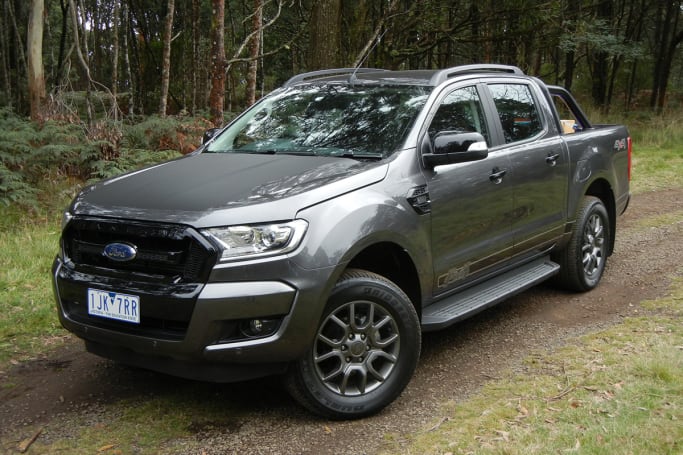
The line-up’s 2.2-litre four-cylinder and 3.2-litre five-cylinder turbo-diesel engines now meet Euro 5 emissions standards.
Prices start from $27,390 (for the entry-level 4x2 Single Cab Chassis 2.2-litre TDCi) through to the FX4 Special Edition (3.2-litre turbo-diesel dual-cab with six-speed auto) at $61,115. The Wildtrak dual-cab 4x4 ($57,890, excluding on-roads, at time of writing) is the focus of this road test.
A stack of new standard features have been added to the range, including: 'SYNC3' with high-resolution 8.0-inch touchscreen (with Apple CarPlay/Android Auto integration and voice-command capability) (XLT, Wildtrak and FX4), navigation with 'Traffic Management Channel' (XLT, Wildtrak and FX4), electric power assisted steering (EPAS), adjustable speed limiter, cable shift manual transmission, auto stop/start on manual transmission (4x2 Hi-Rider and 4x4 models), 230 volt Inverter (Double and Super Cab models), tyre pressure monitoring system, projector headlamps (XLT, Wildtrak and FX4), rear box illumination (when 'Sports Bar' equipped) and dual colour 4.2-inch instrumentation screens (XLT, Wildtrak and FX4).
FX4 gets reverse camera, front and rear parking sensors, dynamic stability control and roll-over mitigation as standard.
High-tech features, such as advanced driver assist including 'Forward Collision Alert', 'Lane Keeping Aid', 'Automatic High Beam Control' and 'Adaptive Cruise Control', are available as part of the 'Tech Pack' option on XLT and FX4.
The Wildtrak gets the previously optional adaptive cruise with forward collision and lane departure warning, auto high beam and auto lane keeping as part of its standard gear.
Reversing camera and parking sensors are now standard on entry-level XL pick-up (excluding XL Plus) and XLS. The XLT also gets the camera and front parking sensors (to join its standard rear sensors).
There are now also two new colour options – 'Jet Black' (replaces 'Black Mica') and 'Meteor Grey' (replaces 'Metropolitan Grey') – for the range. The Wildtrak is available in five colours: 'Cool White', 'Meteor Grey', 'Aluminium', 'Jet Black', and 'Pride Orange', our tester’s colour. FX4 is available in 'Frozen White', 'Ingot Silver', 'Magnetic', or 'Shadow Black'.


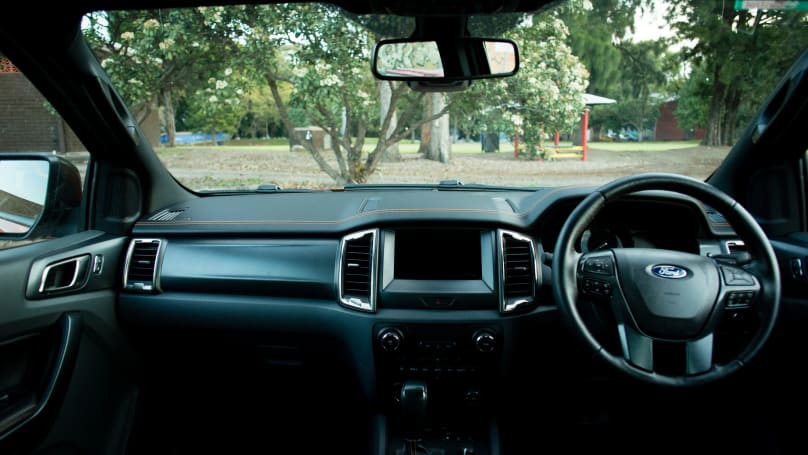
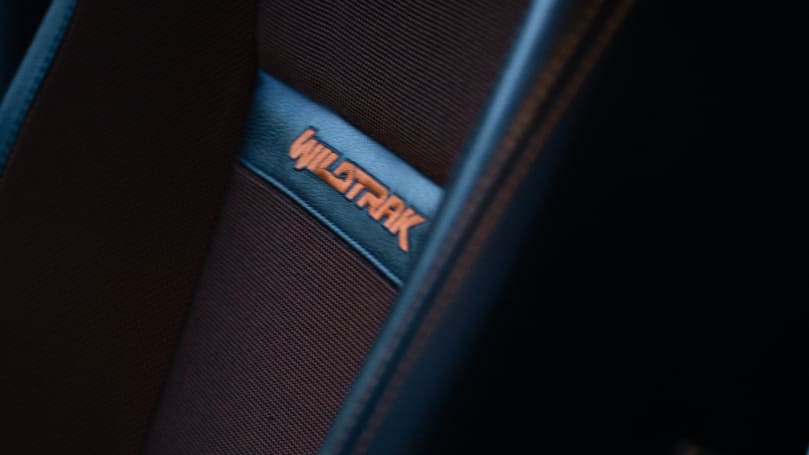

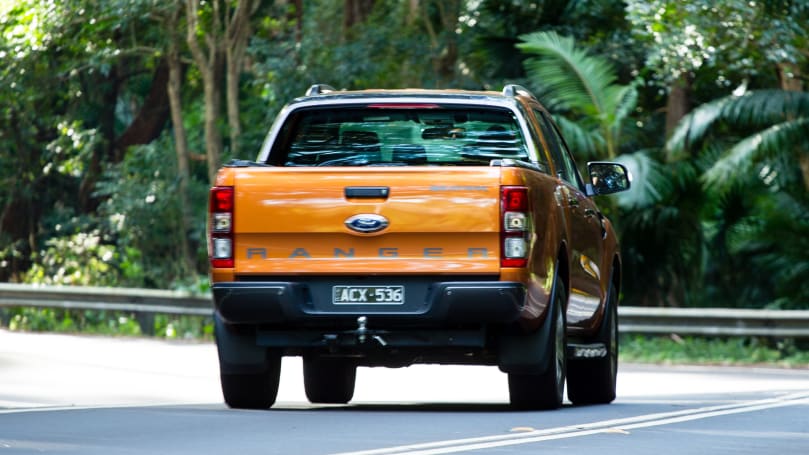
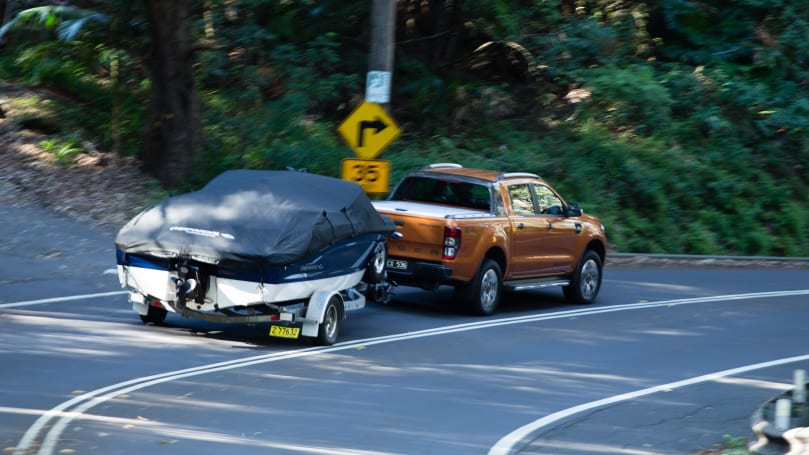
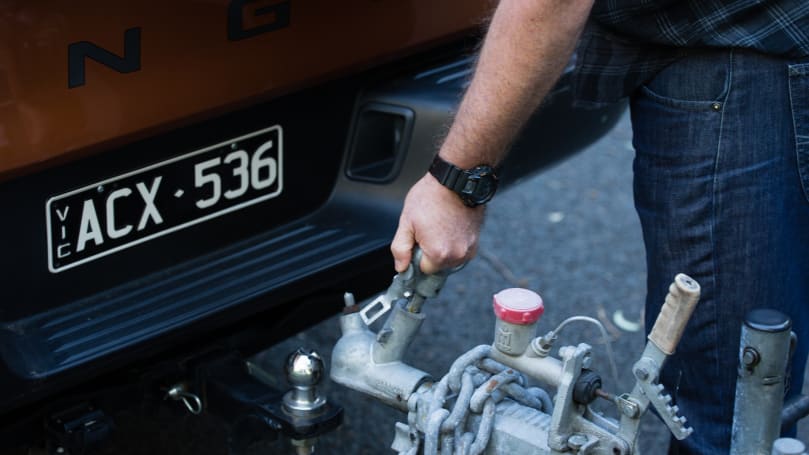

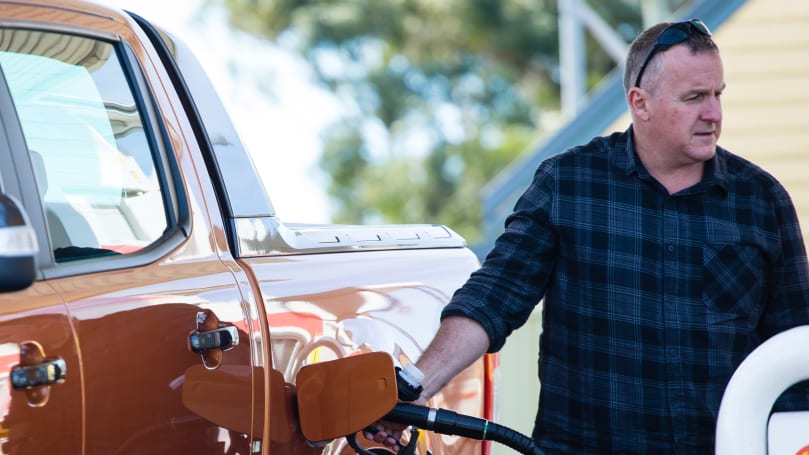
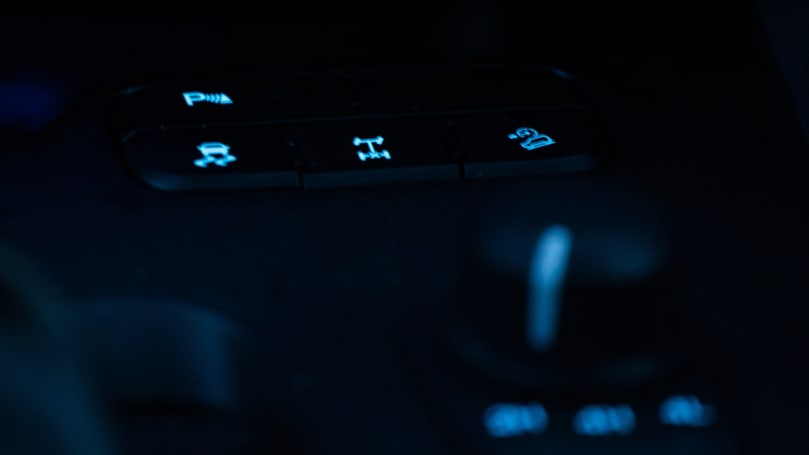
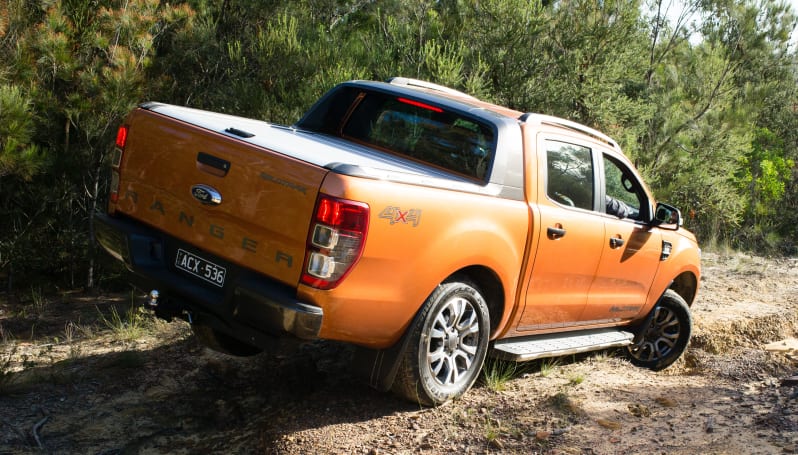
Comments